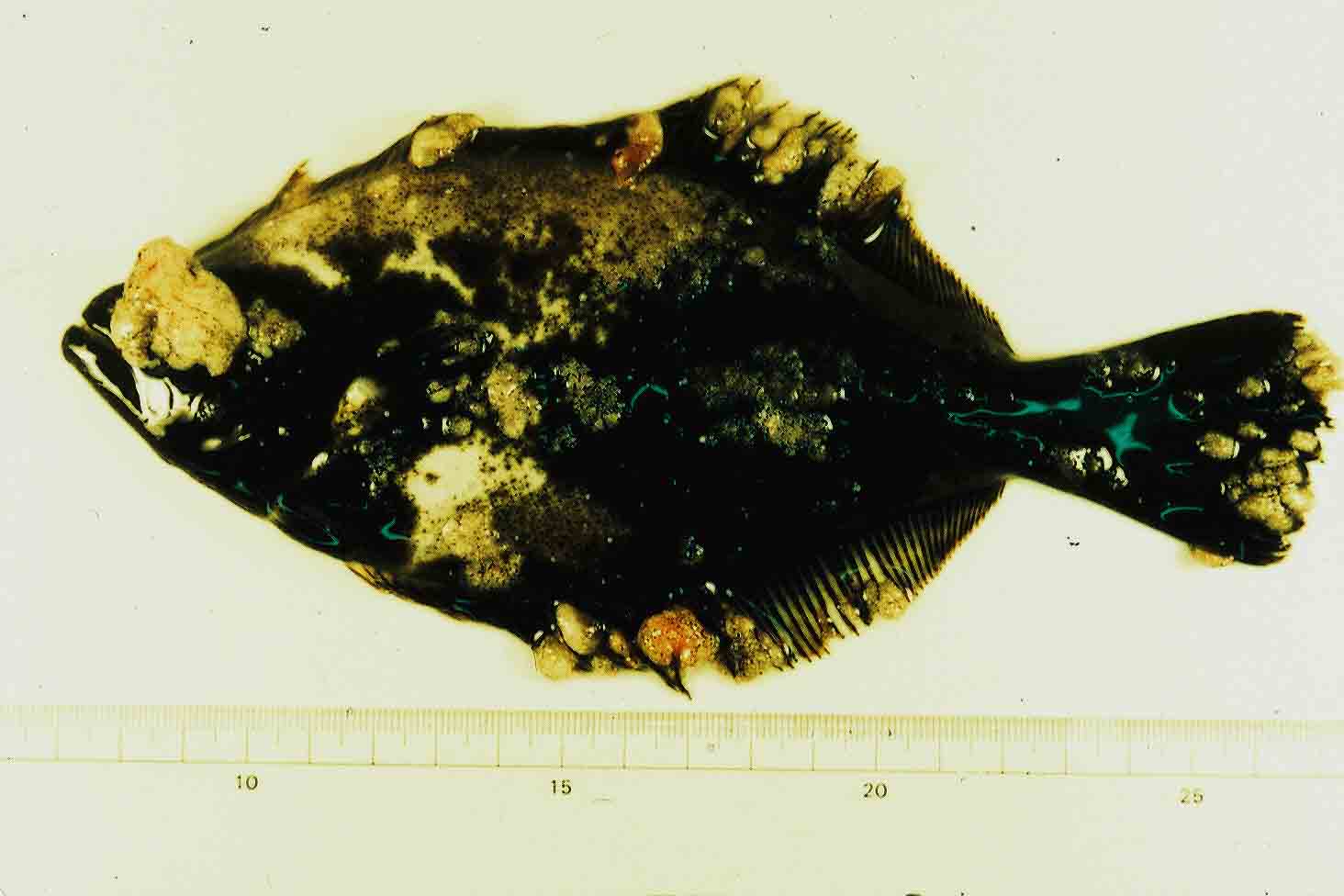
| Pathogen | Lymphocystis disease virus |
|---|---|
| Taxonomy | Iridoviridae |
| Hosts | Japanese flounder (Paralichthys olivaceus), Red sea bream (Pagrus major), Yellowtail (Seriola quinqueradiata), Japanese sea bass (Lateolabrax japonicus), etc. |
| Infection site | Skin, fin |
| Clinical sign | Numerous tumor-like lesions are found on the skin or fin. Mass of lymphocystis cells are observed as white mass in yellowtail, while black spots in yellowtail. |
| Virology | DNA virus of 130-260 nm in size. It infects the dermal fibroblasts, producing
hypertrophied cells that are visible (100-500Êm)to the naked eye (Noga,
1996). |
| Pathology | While it causes only low mortality, the infected fish loses the commercial
value. In advanced stages, as the lymphocysts rupture, numerous inflammatory
cells surround the lesions (Noga, 1996). |
| Health hazard | Harmless for human health. |
| Diagnosis | Presumptively, check the external sign of lymphocystis cells. For confirmation, the virus should be isolated and CPE is examined, following to PCR test.. |
| Other information | Selective breeding of resistant strain of Japanese flounder has been successful and almost in practical stage. |
| References |
Noga, E. J. (1995): Fish Disease: diagnosis and treatment. Mosby, Missouri, pp. 367. |

(Photo by T. Awakura)
Fig. 1. Japanese flounder showing the lymphocystis disease.